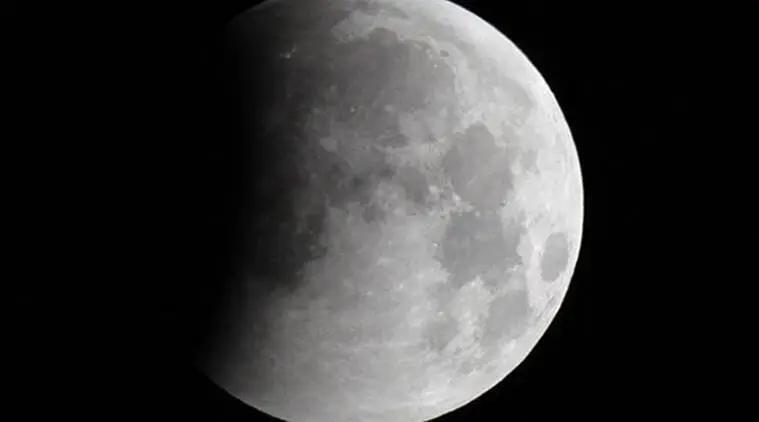
US in Race with China to Claim Best Part of Moon: NASA Chief
The United States is locked in a heated race with China to claim the most resource-rich part of the moon, according to NASA’s interim administrator Sean Duffy. The ambitious plan involves installing a nuclear reactor on the moon by 2030, which will provide the necessary energy for a potential lunar base.
In a recent announcement, Duffy emphasized the importance of securing a reliable energy source for any future human settlement on the moon. “To have a base on the moon, we need energy,” he said. To achieve this, NASA aims to place a 100-kilowatt nuclear reactor on the moon within the next five years.
This development comes at a time when both the US and China are actively pursuing lunar exploration and development. China has been steadily advancing its lunar program, with plans to establish a permanent human settlement on the moon by 2028. The US, on the other hand, has been focused on its Artemis program, which aims to return humans to the moon by 2024.
The race to claim the best part of the moon is not just about national pride or scientific discovery; it’s also about securing valuable resources. The moon is rich in helium-3, a rare isotope that can be used as fuel for nuclear fusion, which could potentially provide clean and sustainable energy.
NASA’s plan to install a nuclear reactor on the moon is a significant step forward in the agency’s efforts to establish a sustainable presence on the lunar surface. The reactor will provide power for the base, as well as for potential future missions to other parts of the solar system.
However, the installation of a nuclear reactor on the moon is not without its challenges. NASA will need to overcome significant technical and logistical hurdles, including developing a reliable and safe nuclear reactor design, as well as ensuring the safe transportation and deployment of the reactor on the lunar surface.
Additionally, the US will need to navigate the complex international legal framework surrounding lunar development. The Outer Space Treaty, which was signed in 1967, prohibits the militarization of the moon and any other celestial body, as well as the claim of ownership or sovereignty over any part of the moon.
Despite these challenges, NASA is moving forward with its plans to install a nuclear reactor on the moon. The agency is currently in the process of developing a concept study for the reactor, which will be completed in the coming months. The study will provide a detailed plan for the design, development, and deployment of the reactor, as well as an estimate of the costs and timeline for the project.
While the US and China are currently the only two nations actively pursuing lunar development, other countries such as India, Japan, and South Korea are also showing interest in the moon. As the lunar landscape becomes increasingly crowded, it’s likely that international cooperation and agreements will become more important than ever in ensuring the peaceful and sustainable development of the moon.
In conclusion, the US is indeed in a race with China to claim the most resource-rich part of the moon. NASA’s plan to install a nuclear reactor on the moon by 2030 is a significant step forward in the agency’s efforts to establish a sustainable presence on the lunar surface. While the challenges are significant, the potential rewards are immense, and the US is committed to being at the forefront of lunar exploration and development.






